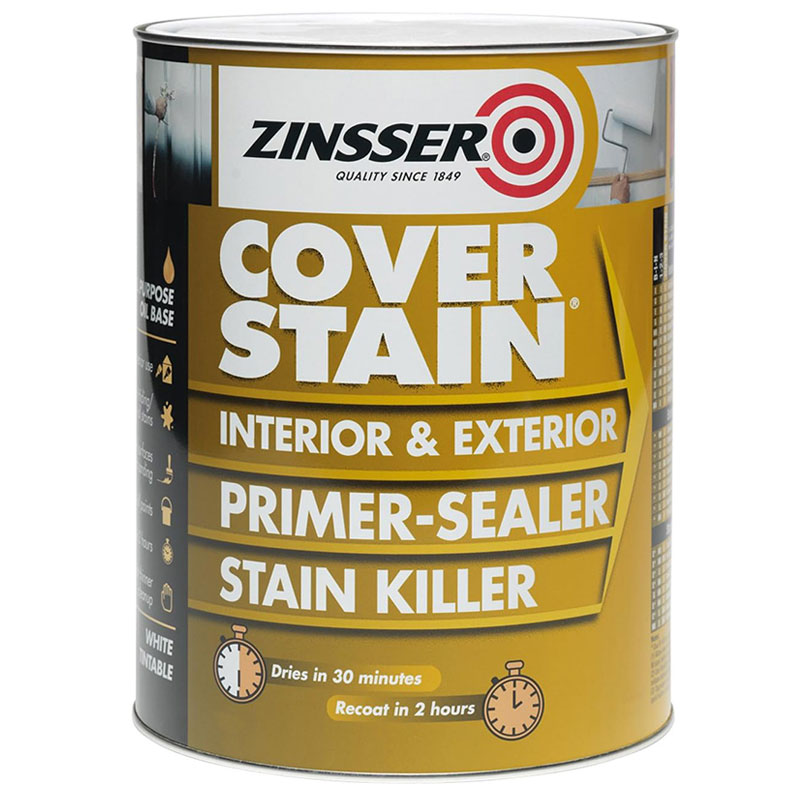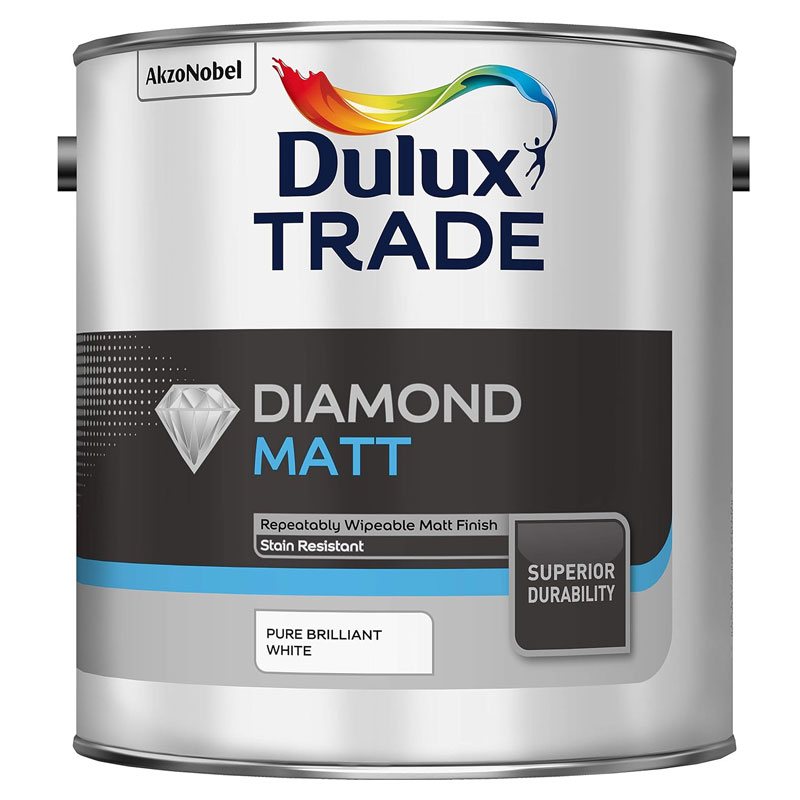Painting over water stains: Pro tips on how to stop them and get the perfect painted finish
Painting over water stains is a quick and easy solution to help get rid of unwanted marks on walls and ceilings. But it's not as simple as you might think
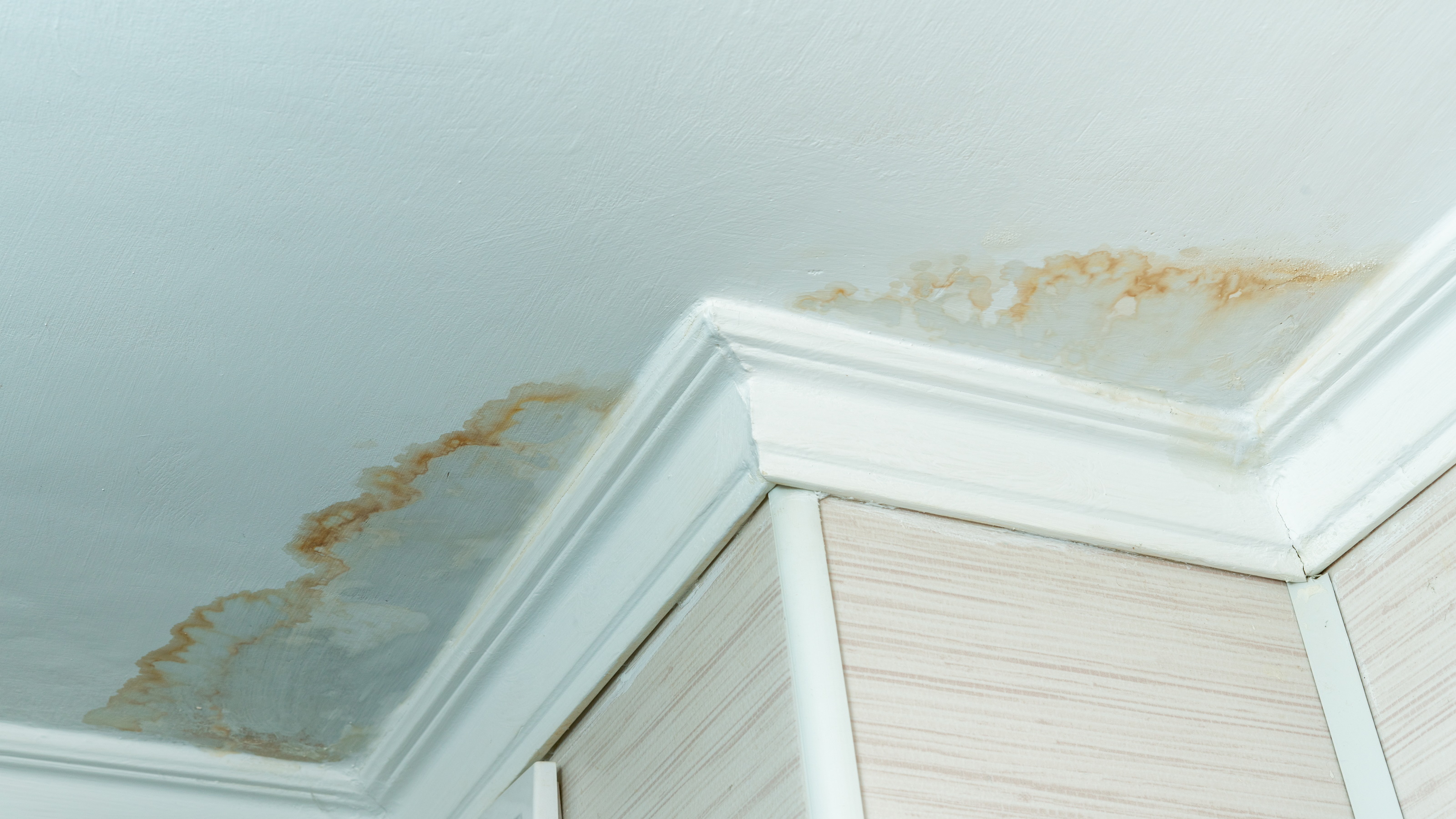
Painting over water stains means you can say goodbye to those ugly, unappealing marks spoiling the look of a crisp clean wall or ceiling. But it’s not as simple as adding a new coat of emulsion. You need to use a specialist paint to stop water stains reappearing, and identify what the underlying issue is.
Leaks in pipework, a leaking radiator and rising damp are all common causes of water stains and these need to be dealt with before you start painting a wall or ceiling. If the cause is not treated, painting over the water stain will only be a temporary solution and it won't be long before they reappear.
Here we reveal how to repair any flaking or peeling paint, what paint you’ll need and how to apply to get rid of water stains for good.
Painting over water stains
Whatever the reason is behind your water stains, it needs to be identified and dealt with before you even think about doing any painting. (And bear in mind, if you're painting over mould, you'll first need to eradicate the issue and follow a slightly different process.)
If it was a one-off water spill, you simply need to let it dry. But if it's a leaking pipe or rising damp, you need to get the issue fixed before attempting anything else.
Once the root cause has been eliminated, leave your wall or ceiling completely to dry out. Don't start painting a ceiling while it is still damp, otherwise you'll risk damaging the existing paintwork, and possibly the ceiling itself, further.
Simply adding a new coat of emulsion won’t solve the problem, either. Emulsion is a water-based paint, so it doesn’t form a barrier to stop any water stains from reappearing. The stain blends with the new paint, meaning it will simply stay on your ceiling or wall. It doesn’t matter how many coats you add, you won’t hide the water stain.
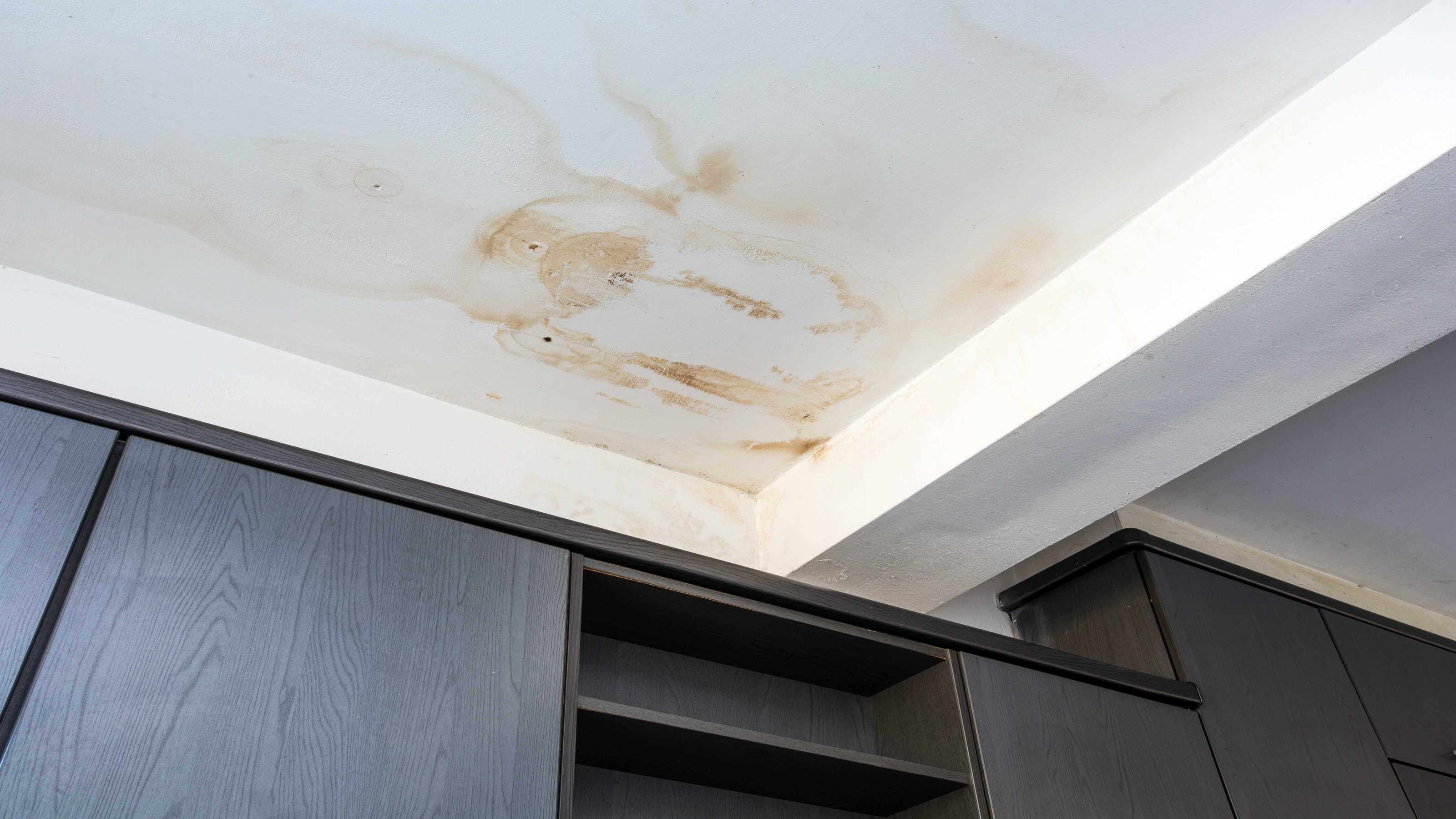
How to get rid of water stains
If a water stain has caused any damage, e.g. cracks or flaking plaster, make sure that you repair the area first. This will help get a great finish and improve paint adhesion.

Need more advice or inspiration for your project? Get two free tickets to the Homebuilding & Renovating Show.
To cover the stain, you will need a specialist stain blocker (such as the Zinsser Cover Stain) or an oil-based paint. This creates a waterproof barrier that the water stain won’t be able to penetrate.
If you already have an oil-based undercoat or gloss at home, you can save yourself money by using these. Use the undercoat by itself, or mix with the gloss to create an effective homemade stain blocker.
Make sure that the water stain is dry, then simply paint over it using a brush or roller and leave to dry. Feather the edges so that the paint blends with the surrounding area. One coat should be enough.
Once dry, you can then apply your emulsion for the final coat to hide the stain. However, you may find that the new paint and old paint don't quite match. This is a good time to give the whole ceiling or wall a few new coats, testing different types of paint and finishes to get the best results for your living space.
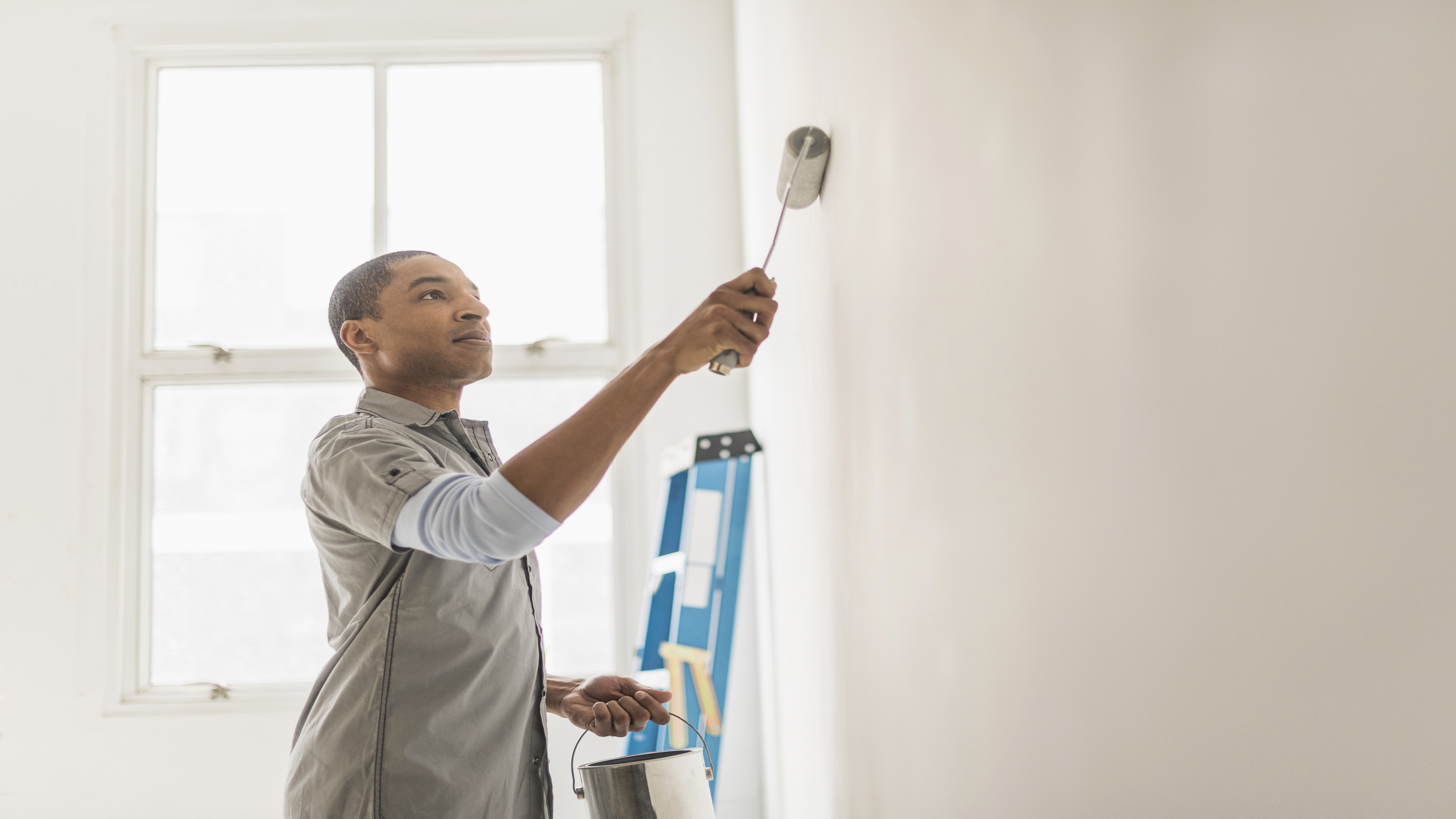
Paint for water stains and walls
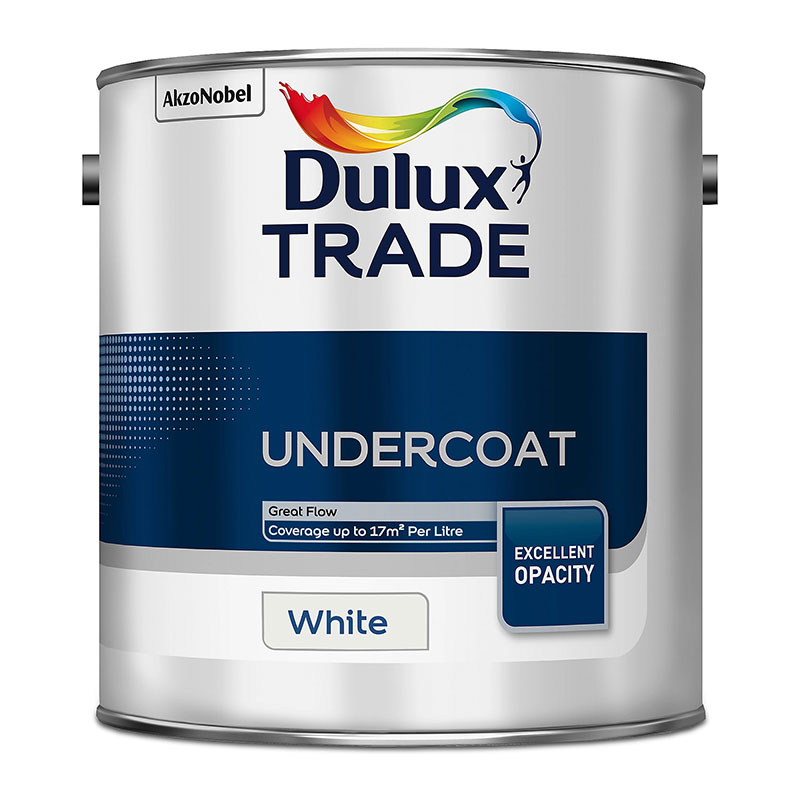
A solvent based undercoat paint that will hide water stains and stop them coming back.
Getting rid of water stains on painted wallpaper
If painting over water stains isn't an option, you can still look to eliminate as much of the stain as possible using a special solution.
Mix together one part bleach and three parts warm water and add to a spray bottle. Spray the solution onto the stain, leave for a few minutes and wipe off with a clean damp sponge.
This is at its most effective on white or light coloured walls and ceilings, and a great idea if water stains start appearing in spots across your lining or painted wallpaper.
FAQs
Is it worth painting over water stains?
Painting over water stains is definitely a task worth undertaking, as the stains themselves can make your walls and ceilings appear in poor condition, which is something no homeowner wants.
A straightforward paint job across each water-stained area after it has dried out will help neaten things up and revitalise the appearance of your living space.
Depending on the extent of marks left by water stains, though, you may wish to embark upon a much bigger painting job than initially planned for improved results throughout your home.
If so, make sure you have some of the best paint rollers and brushes at your disposal to complete the project and get your home looking pristine once again.
If you don't deal quickly with water stains, mould may start to make an appearance. Check out our Removing mould from walls, How to remove mould from ceilings and Painting over mould guides to get rid of it and restore your walls and ceilings.
Get the Homebuilding & Renovating Newsletter
Bring your dream home to life with expert advice, how to guides and design inspiration. Sign up for our newsletter and get two free tickets to a Homebuilding & Renovating Show near you.
Steve Jenkins is a freelance content creator with over two decades of experience working in digital and print and was previously the DIY content editor for Homebuilding & Renovating.
He is a keen DIYer with over 20 years of experience in transforming and renovating the many homes he has lived in. He specialises in painting and decorating, but has a wide range of skills gleaned from working in the building trade for around 10 years and spending time at night school learning how to plaster and plumb.
He has fitted kitchens, tiled bathrooms and kitchens, laid many floors, built partition walls, plastered walls, plumbed in bathrooms, worked on loft conversions and much more. And when he's not sure how to tackle a DIY project he has a wide network of friends – including plumbers, gas engineers, tilers, carpenters, painters and decorators, electricians and builders – in the trade to call upon.
